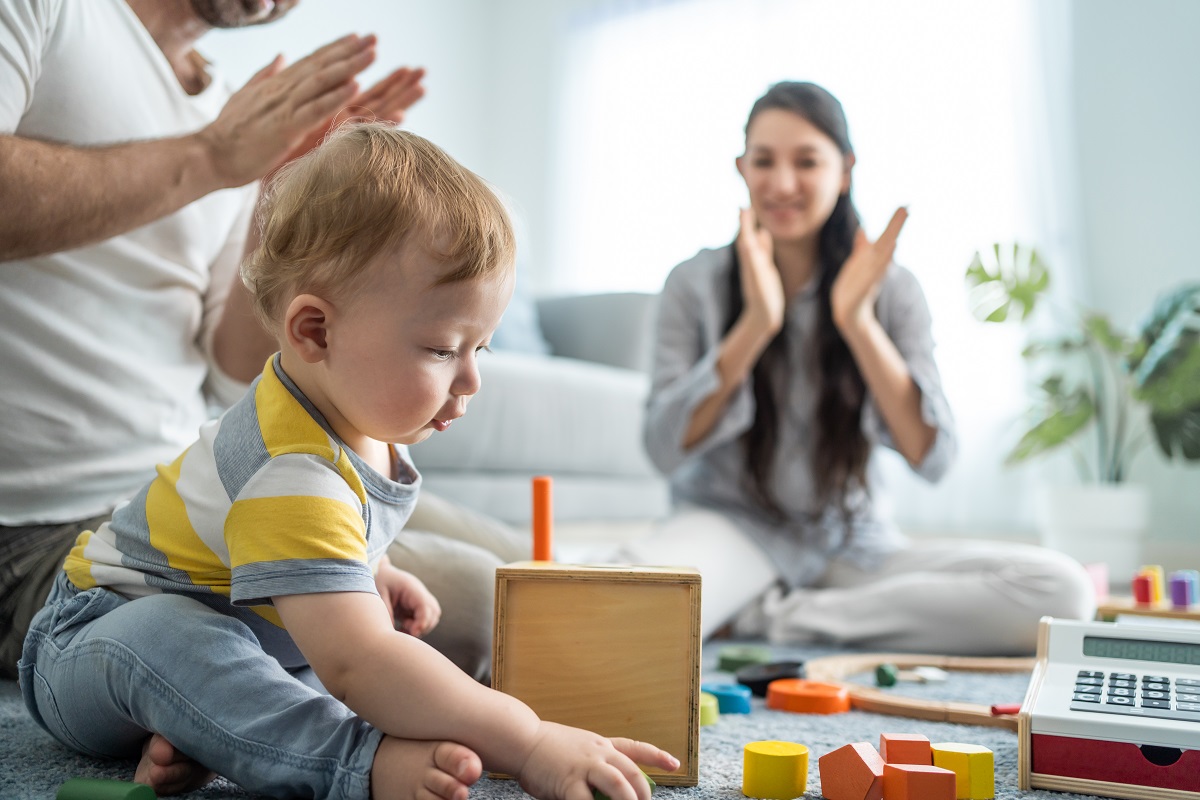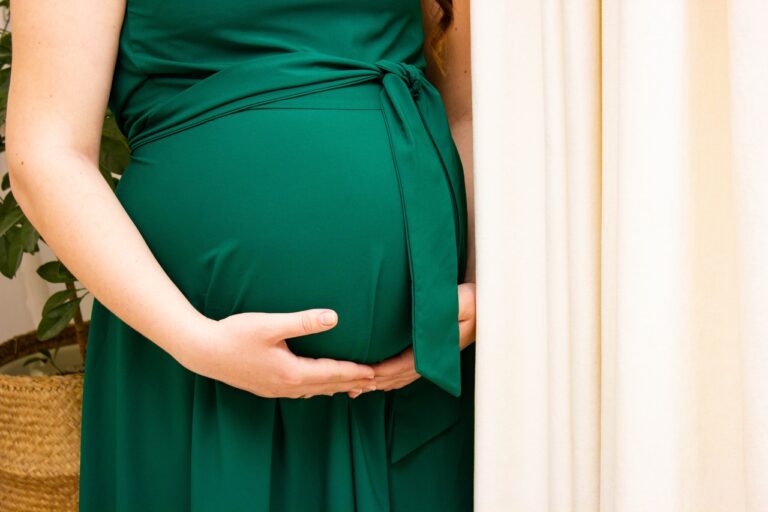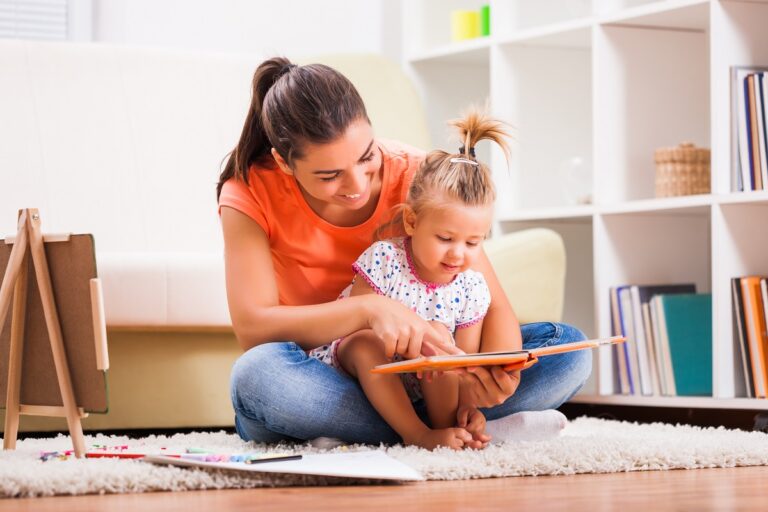Parenting is a very important job that comes with a lot of challenges. What type of parenting style is best for my child? There are so many different opinions on what the best parenting style is. This guide will help you understand the different types of parenting styles and their effects on kids.
Parenting styles can be defined in different ways, but all have the same goal: shaping a child into a responsible, successful adult. There are an unlimited number of parenting styles, but most can be classified into four main types: authoritarian, authoritative, permissive, and uninvolved. Each style has unique effects on children that should be considered when choosing the best way to parent for each individual child. So whether you’re already a parent or just getting ready to start a family, read on for more information about popular parenting styles and their effects on kids.
What is Parenting style?
Before we get into the different types of parenting styles, it’s important to have a common understanding of what they actually are. In general, parenting can be defined as the way in which parents go about raising their children. This includes everything from how they discipline them to how they communicate with them. While there is no one “right” way to parent, there are definitely some methods that are more effective than others. In fact, research has shown that certain parenting styles can actually lead to better outcomes for kids – both in the short and long run. {1}
How Many Types Of Parenting Styles?
Now that we know a little bit more about what parenting styles are, let’s take a look at some of the common parenting styles.
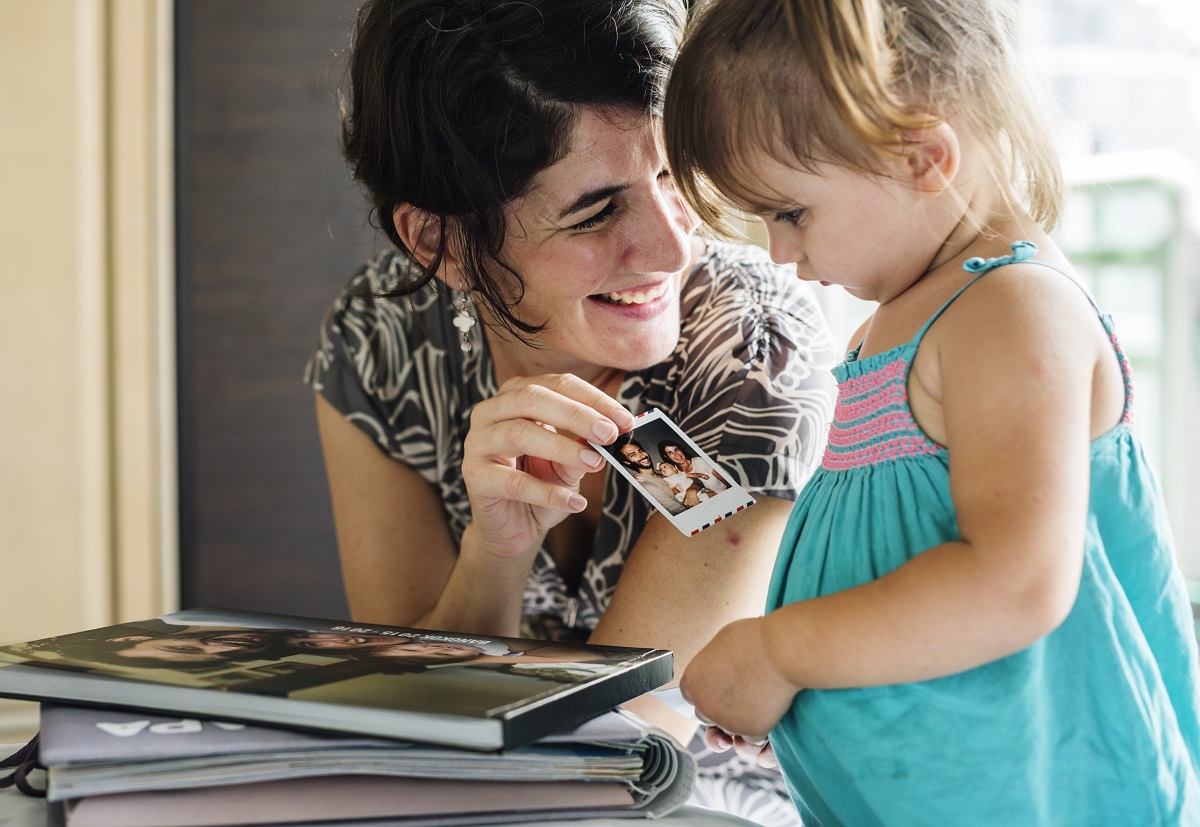
Authoritarian Parenting:
This type of parenting is often described as being very strict, as “you do as I say” type of approach. Parents who use the authoritarian parenting style tend to have very high expectations for their children and often enforce strict rules with little to no room for negotiation. While this method can be effective in getting kids to comply with rules and obey their elders, it can actually have some negative effects too. It doesn’t do much to foster creativity or independence.
Permissive Parenting:
On the other hand, permissive parents are just the opposite of authoritarian parents. Instead of being strict, parents who use a permissive parenting style are typically much more lenient with their children or we can say are indulgent parents. They may have few rules and expectations and often tends to be very nurturing and responsive to their needs, and let their kids make their own decisions – even if those decisions are not in their best interest as they may also be less consistent with discipline. While this approach can give kids a sense of freedom and autonomy, it can also lead to problems down the road.
Uninvolved Parenting:
Uninvolved parenting is, as the name suggests when parents take a hands-off approach to raise their children. An uninvolved parent typically has very little interaction with their children and may provide little to no guidance or support. In some cases, uninvolved parents may even be neglectful parents. selfish, and lack self-regulation. Uninvolved Parenting Children are given a lot of freedom as this type of parent normally stays out of the way of their kids. This parenting style can have a number of negative effects on kids, including behavioral problems.
Authoritative Parenting:
Authoritative parenting is often considered the “gold standard or ideal parenting style” when it comes to child-rearing. This style combines the best of both authoritarian and permissive parenting, striking a balance between structure and flexibility. Parents using these methods are typically high in warmth and responsiveness, but they’re also consistent with discipline. Authoritative parents set clear rules and expectations for their children and are also willing to negotiate and listen to their kids’ needs and feelings too. It is characterized by high levels of communication and involvement. Children in this type of environment feel secure and happy.{2}
Parenting style’s Effects On Kids:
Every parenting style has its own set of advantages and disadvantages, which can impact kids in both positive and negative ways. Here are a few effects of different parenting styles on kids:-
Authoritarian Parenting Effects
- This usually leads to children who are the best behaved in any given room because they understand the consequences of acting out.
- Children who grow up with strict authoritarian parents tend to follow rules much of the time.
- These children excel at following precise instructions needed to achieve a particular goal.
- This parenting style can lead to children who are more aggressive, but they might also be introverted and unable to socialize or make decisions independently.
- Have difficulty making decisions due largely in part to low self-esteem.
- As children are frequently influenced by their caregiver’s actions, strict rules and punishments usually result in them rebelling against authority figures later on down the road.
Permissive Parents Effects
- Children of permissive parents are more likely to have lower grades and be less engaged in school.
- They may also be more likely to use drugs and alcohol, and engage in sexual activity in their early childhood.
- Kids who are raised in a permissive environment may have trouble following rules or meeting expectations.
- Can struggle with self-control and tend to act out more than their peers.
Uninvolved Parenting Effects
- Uninvolved parenting can lead to a range of problems in children.
- These kids often have lower self-esteem and are more likely to get into trouble at school.
- They may also have difficulty forming relationships, as they do not learn how to interact with others from their parents.
- Kids who are raised by uninvolved parents often feel neglected and may grow up to be withdrawn and isolated
Authoritative Parents Effects
- Authoritative parenting is often associated with the best outcomes in children.
- Kids who are raised by authoritative parents tend to have higher self-esteem and grades.
- They are also less likely to get into trouble at school or use drugs and alcohol.
- As an effect, this parenting style provides a balance of parental support and structure, which can help kids feel secure while also encouraging them to be independent with better mental health.
What’s the best parenting style?
The answer may vary depending on who you ask but, in general, authoritative parenting is considered the ideal style for raising kids. This is because it provides a balance of structure and flexibility that can lead to a number of positive outcomes in child development. However, it’s important to remember that there is no one-size-fits-all approach to parenting. Every family is different, and what works for one may not work for another. Ultimately, the best parenting style is the one that works best for you and your family. If you’re not sure where to start, consider talking to a child developmental psychologist expert or therapist for guidance.
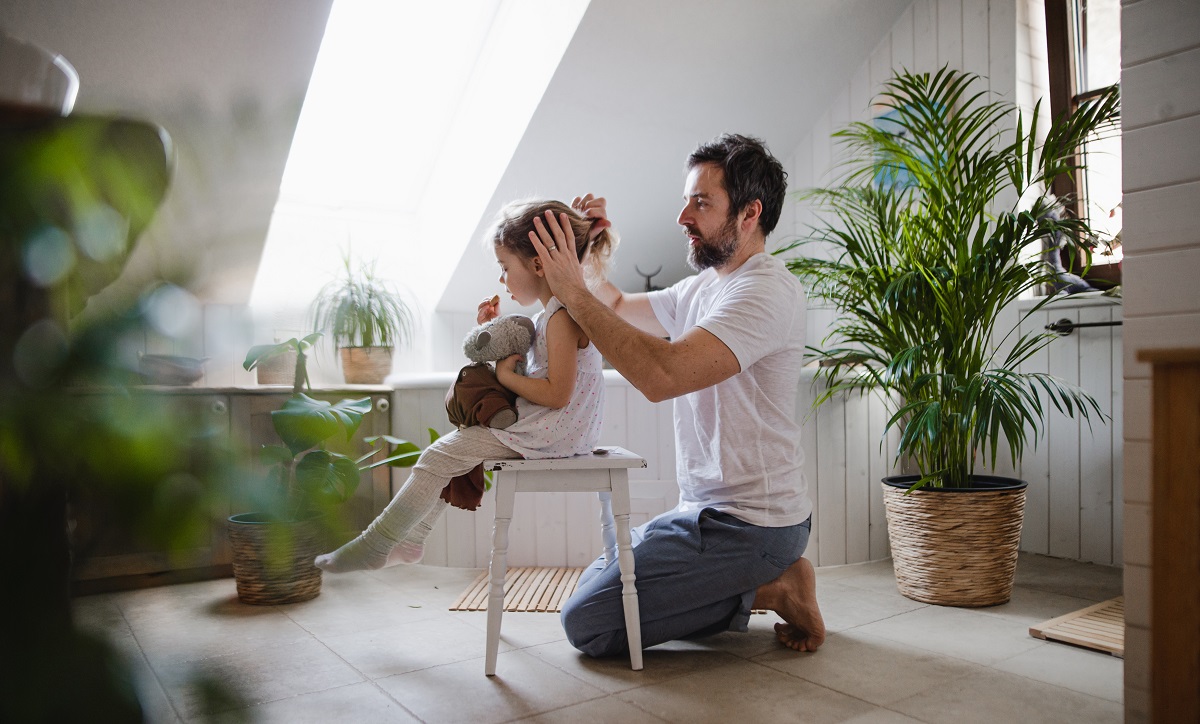
Which parenting style is most harmful?
Some researchers had suggested that authoritarian parenting – which is characterized by high levels of control and strict rules – can be harmful to kids. One study found that kids who were raised in an authoritarian environment were more likely to have lower self-esteem and be less resilient than those who were raised in a more permissive environment. However, this doesn’t mean that this parenting style is necessarily harmful, it depends on the individual child’s personality and temperament.
So, while there is no definitive answer to the question of which parenting style is most harmful, it’s important to consider how your own parenting style may be affecting your child. If you’re concerned that your parenting style may be harmful to your child, talk to your pediatrician or a child development expert for guidance.
What are some other parenting styles?
Other than the major four parenting styles there are a few other parenting styles that are followed by parents:
- Tiger parenting: It is a parenting style in which parents push and pressure their children to achieve high levels of academic or athletic success.
- Helicopter parenting: Parents are highly involved in their children’s lives. Helicopter parents constantly hover around them to offer protection and guidance.
- Democratic parenting: Parents allow their kids to have a say in decision-making and involve them in the rules and expectations of the family.
- Attachment parenting: It is a parenting style in which parental responsiveness is at the extreme parents are very responsive to their children’s needs and form close emotional bonds with them.
- Free-range parenting: Free-range parents allow their children to have more freedom and independence than is typical.
- Chinese parenting: In Chinese parenting parents emphasizes kids for high academic achievement and strict discipline.
- Perceived parenting styles: The opinion of the adolescents or children is received by them their parents during their childhood or adolescence.
The Final Word:
So, there are different types of parenting styles and the effects on kids may vary based on how the parents execute these styles. It is important to be understanding and supportive of your children, while also providing them with boundaries and guidance. So if you’re looking for ways in which your kids grow up into successful adults, this is a good place to start.
Hope this guide helped you better understand different parenting styles and their effect on kids. What type of parenting style do you think will be suitable for your family? Let us know in the comment box below! Happy Parenting!!!
References:
{1} Parenting styles – Wikipedia (2022)
{2} Types of Parenting Styles – National Library of Medicine (2022)
{3}Asian Adolescent School Performance – National Library of Medicine (2010)

